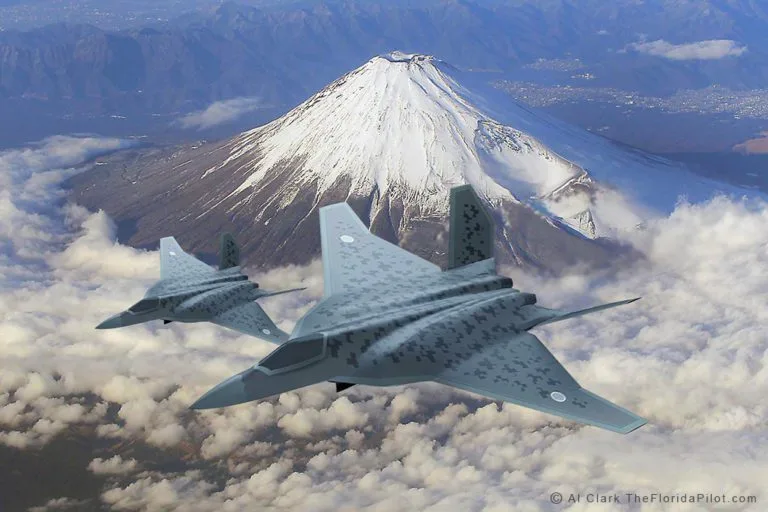Japan is transitioning from its pacifist post-World War II stance to a significant defense exporter role globally.
Tokyo has approved a plan to export advanced fighter jets developed with the UK and Italy under the Global Combat Air Programme (GCAP).
This strategic move aims to enhance Japan’s defense capabilities and deepen international defense and technology partnerships.
Japan will export these next-generation jets to 15 countries with defense agreements.
This initiative is part of a broader strategy to enhance regional security and demonstrate Japan’s technological advancements.
Expected to succeed Japan’s F-2s by 2035, these jets feature superior stealth, sensor technology, and the capability to integrate with drones and satellites.
Choosing to partner with the UK and Italy instead of the US, Japan aims to distribute the project’s financial burden and align with its economic and technological goals.
This collaboration indicates a shift in global defense partnerships, emphasizing shared innovation and development risks.
This move into lethal weapon exports is designed to boost Japan’s traditionally domestic defense industry.
From Pacifist to Powerhouse: Japan’s 6th Gen Fighter Jet Export Plans
The long-term partnership with the UK and Italy symbolizes a commitment to defense cooperation, which could lead to civilian technological advancements.

As Japan prepares for strategic dialogues in Washington, this policy change signals its readiness to take on a more significant role in defense and military alliances amid Asia-Pacific tensions.
This stance highlights Japan’s dedication to regional stability and promoting a free and open international order.
Japan’s effort to export jointly developed advanced fighter jets represents a critical strategic shift towards global defense collaboration, technological leadership, and a proactive approach to security challenges.

